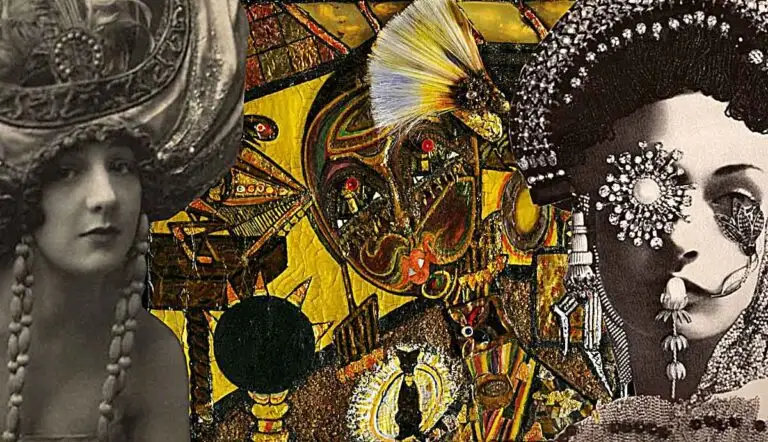Title: "The Illogical Betrayal". Erminia Passannanti. Schetch for a Dadaism mini-drama.
WIFE: (gesturing to the table) What is the meaning of this?
DOCTOR: (puzzled) The meaning of what?
WIFE: (frustrated) Of all this! (gestures to the table) The stethoscope, the scalpel, the apple, the pencil!
DOCTOR: (shrugs) I don't know. It just is.
WIFE: (pauses, then looks directly at the doctor) And what about her?
DOCTOR: (confused) Her?
WIFE: (angrily) The student. The one you slept with.
DOCTOR: (flippantly) Ah, that. It was just a moment of madness. An illogical impulse.
WIFE: (sighs) And what about our love? Our marriage? That was just an illogical impulse too?
DOCTOR: (thoughtfully) Love is just a word. It has no meaning.
WIFE: (shocked) How can you say that?
DOCTOR: (smiling) Because it's true. (gestures to the table) Like all these things, love is just a collection of random objects, arranged in a particular way. But it's meaningless in the grand scheme of things.
WIFE: (disgusted) I can't believe I'm hearing this. (stands up and starts to leave)
As she starts to exit, the scene suddenly becomes surreal and chaotic.
The table begins to spin, the objects on it jumping and rearranging themselves at random.
The husband and wife both start to become disoriented and dizzy, unable to escape the whirling table.
The scene ends with the two of them being consumed by the chaos, their fate unknown.
Interpretation:
This play explores themes of love, relationships, and the meaning of life. The husband, a doctor, and the wife, a teacher, represent two opposing viewpoints on the meaning of love and relationships. The doctor sees love as just a word with no real meaning, while the wife sees it as an important part of life. The imagery of the chaotic table symbolizes the unstable nature of relationships and the randomness of life. The surreal and chaotic ending highlights the unpredictability of life and the power of the subconscious mind.
The style of the play could be considered absurdist, as the events and dialogue are often illogical and surreal. This style is associated with the Theatre of the Absurd movement, which emphasizes the meaningless and irrational aspects of life.
In conclusion, this play belongs to the Theatre of the Absurd movement and explores themes of love, relationships, and the meaning of life through absurdist style and chaotic imagery.



